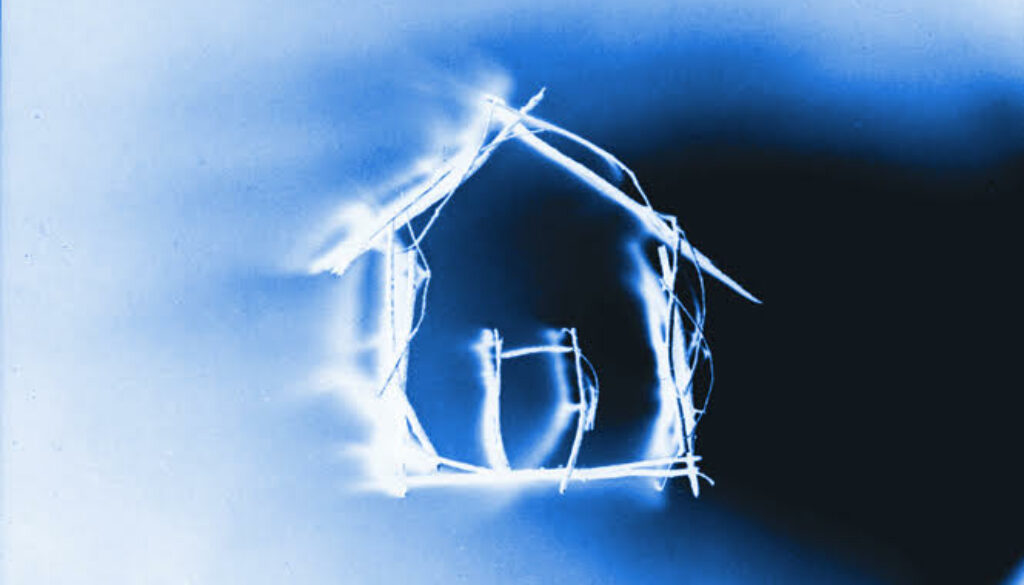The Archaic Mystique of Travel
Some people, especially retirees with means and time on their hands, take to travel, ostentatiously, in the belief that it cloaks them with an air of savvy and success. Indeed in the olden days an aristocrat had to have traveled far and wide and brag about it to uphold his or her social standing. So they climb Mt Everest, a few hundred of them (5% of the climbers) turning into permafrost around it. Those who succeed to reach the top can barely hang on to their footing, as the wind howls and the snow pelts, let alone take in the awesome vistas of peaks and valleys rolling out in all directions. Take a less arduous destination, the Grand Canyon. You park and have to walk forever to get to a good spot to look down, unable to grasp the scale of its grandness, 277 miles long, and at places 18 miles wide and a mile deep, even with chartered helicopter rides.
The mystique that travel polishes and finishes a person is as archaic as the stone age tools. About to pass the first quarter of the 21st century we can let the internet do all the legwork for us, instantly presenting vivid, panoramic, in-depth views of scenery and objects anywhere in the world, in the universe, giving us real knowledge, not the smattering a typical traveler gets.
For the missed legwork, considered essential to extend one’s life span, a concern especially to the retired, they can always find something to do around the house like sweeping and wiping the floors and table tops once, twice, or ten times a day, until they score 10,000 steps or whatever is recommended by their doctor.

